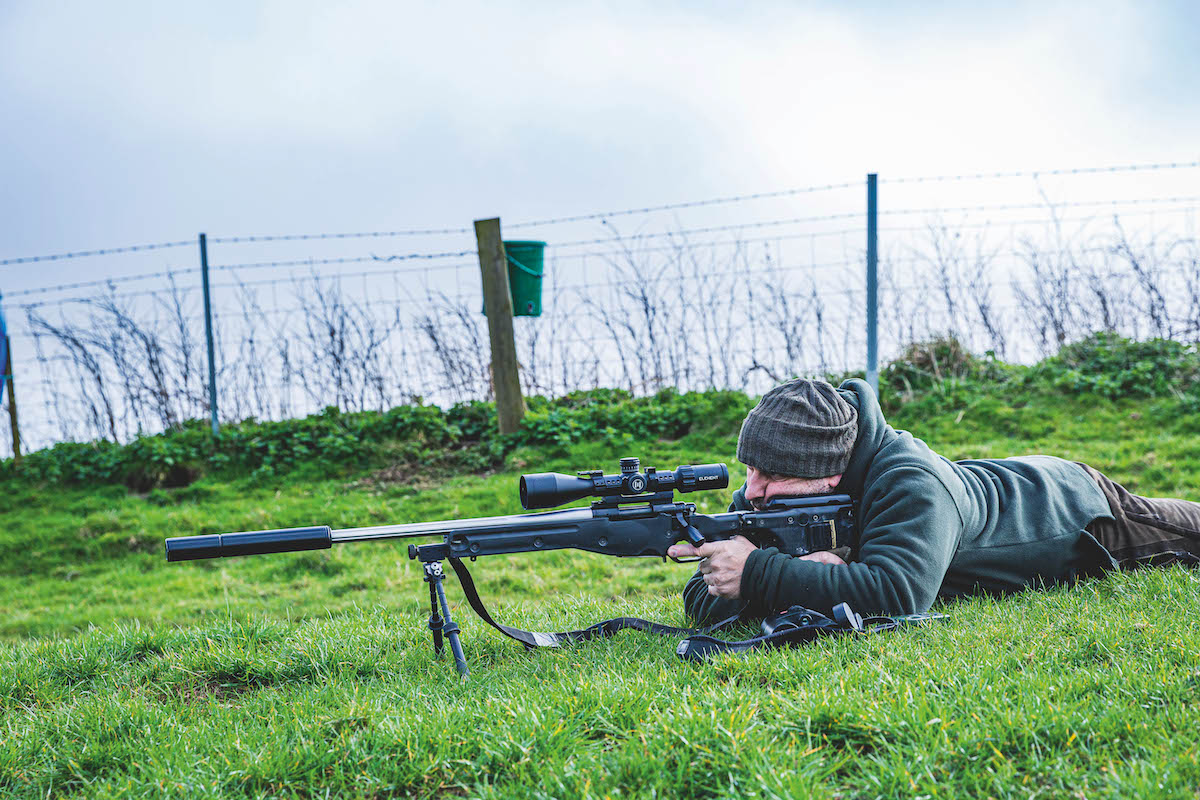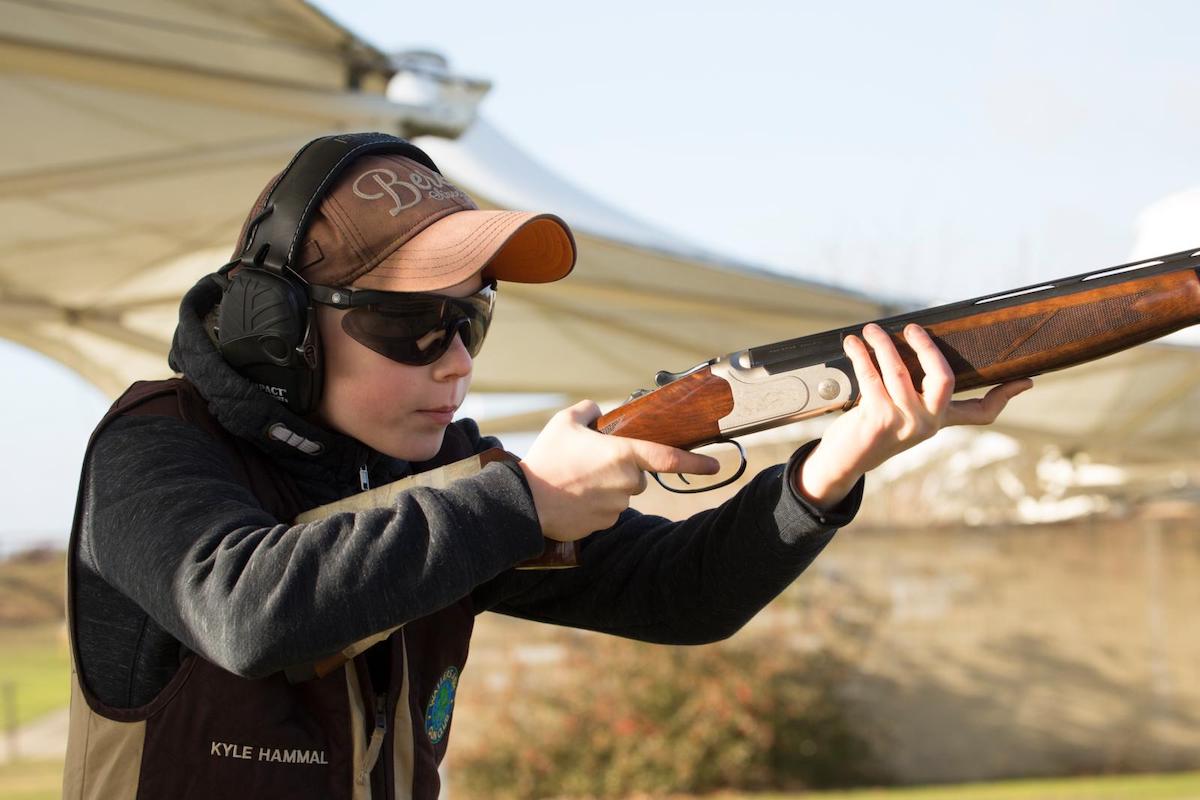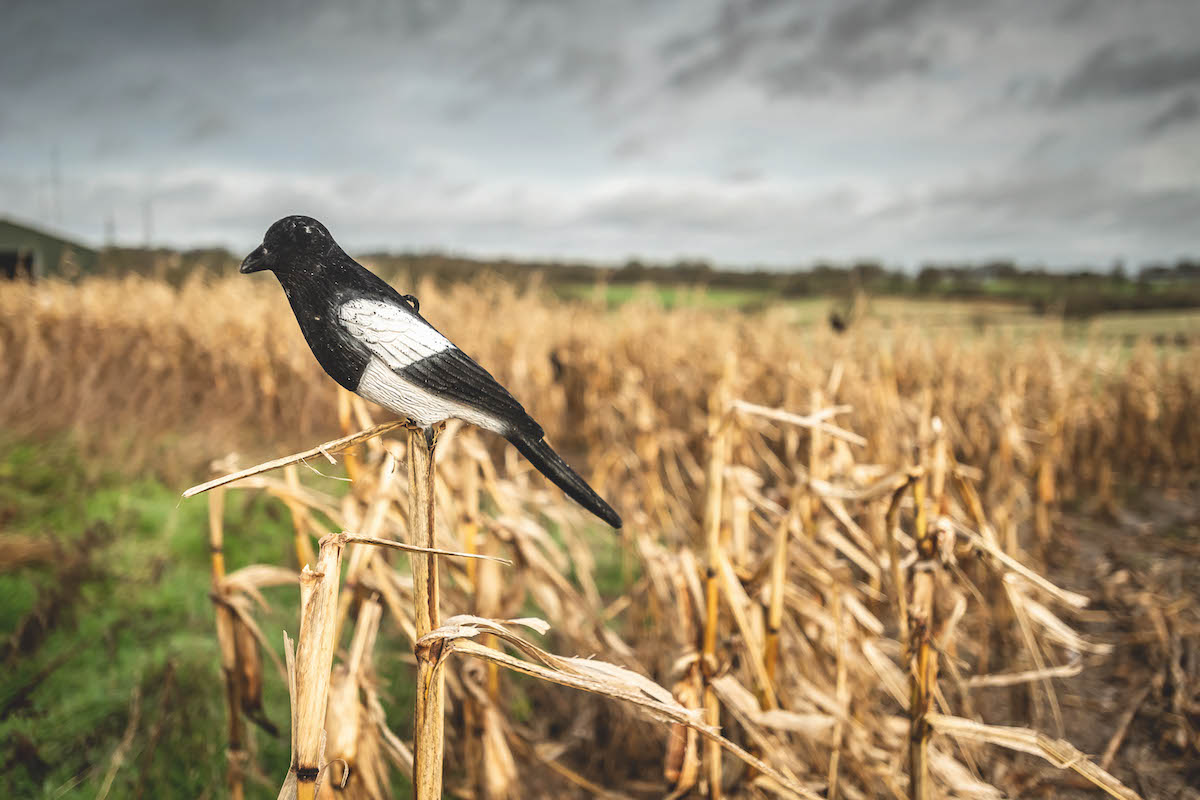How to get the most out of your airgun pellets
Do you have a stash of old, unloved pellets that have failed to perform in your rifle? If so, then Mike Morton urges you to give them a second chance
If you’ve been shooting for any length of time then you’ll already know how important it is to find the correct pellet for your particular rifle. If you were to ask a non-shooter to open five tins of pellets they probably wouldn’t notice any difference, unless the head shapes were of a completely different design. But the pellets in those five tins, even if they were all seemingly identical, might perform very differently when put through the same airgun. (Read here on how to make sure your airgun ammo and barrel are compatible)
Because of this we carry out pellet testing, shooting different brands, sub-types, weights and even head sizes until we’ve isolated one or two very specific types that work really well with our barrel. This is something I do a lot when writing articles for this magazine, and I’ve explained my procedure in some detail in the past.
But a reader recently contacted me to explain a different scenario that many of us have probably experienced too. We shoot a pellet, find it inadequate in terms of accuracy and so reject it. Then we come back to it much later, only to find it now behaving far better than before. Why is this?
I believe there are two reasons: a running-in period of the gun itself, particularly if it’s new, and the other, maybe even more significant reason being the shooter’s own technique, especially if they are new to the sport. But there are some procedures we can follow to ensure we are giving our pellets, our rifles and ourselves the very best chance of working well together.

Gather everything you want to test and think of how best to support the rifle – will you need a bench bag or a bipod up front?
Familiarity breeds content
Something I’ve seen time and again – and have been guilty of myself on occasion – is someone picking up a new rifle to try to work out how it functions without referring to the manual. We all know this is not the right thing to do, but we end up doing it anyway.
This is not only unsafe, but can end up wasting time in the long run as we struggle to work out what’s what. Understanding how the controls function lets us check the rifle is in a safe state, which is fundamental to shooting. And when it is time to start testing, knowing how everything works means we can concentrate on taking the shot, rather than trying to work out how to load the magazine, find the location of the safety catch or be caught by surprise when the rifle goes off with a lighter touch than expected.
The bottom line is this: don’t even think about doing any pellet testing with a new rifle until you’ve become fully familiar with the safe and proper function of that airgun. It may seem obvious, but if you look around a club range you’ll see it happening all the time when people get themselves a new rifle.
It’s understandable to an extent, as people want to start enjoying their purchase as soon as possible. But that enjoyment will only be enhanced if the shooter first spends time properly acquainting themselves with that rifle.
Clean machine
There are plenty of shooters who will swear that they’ve never cleaned their rifle and they never will.
However, I would suggest that anyone who believes in this doctrine carries out at least one barrel clean before testing begins. To give a pellet the best chance of performing properly, clean the bore and then re-lead the barrel with the same type of pellet before any accuracy work is carried out.
If the barrel has not been cleaned, the pellets will be making contact in the lands and grooves of the rifling with a different lead alloy, not to mention old oil or pellet lube.
Adjust to taste
Not all stocks offer the same degree of adjustment, and some don’t offer any, but where possible the height and cast of the butt pad should be set for the individual shooter, as well as the height of the comb to ensure perfect head and eye alignment with the scope. Novice shooters should be wary of the fact that the way a stock is adjusted may make it perfect for one particular shooting stance, but not from another.
In this case you will have to choose between adjusting it perfectly for one specific stance, or settling for a “one size fits all” generic approach.

Ensure all fixings are secure before you start testing – a loose stock screw or scope mount could wreck any chance of shooting accurately
Ideally the shooter should select the method they are going to use for pellet testing, which will usually be prone from a bipod or off the bench, then adjust the stock to fit them that way. Once pellet testing is over the stock can then be readjusted to suit their preferred stance.
A good example of this is the butt pad, which often needs to be lowered in order to raise the butt to help the shooter take a standing or kneeling stance. However, when shooting prone, it’s often beneficial to raise the butt pad, lowering the stock for better head and eye alignment from what is a very different posture.
The key to this, and any type of shooting technique for that matter, is consistency. Any inconsistency in the was the rifle is shouldered will translate to misleading readings in terms of the level of accuracy a pellet is capable of. Bad technique can lead to oversized groups and an excellent pellet being rejected for the wrong reason.

This HW95 stock offers no adjustment, but is nevertheless a good fit for Mike and is well balanced thanks to a sensible choice of optic
Bedding in
Any new rifle, especially a spring-powered airgun, will probably not perform at its best straight out of the box and will need time, or more correctly will need plenty of use, in order to bed in. Much of the tuning work that is carried out to make an airgun smoother and more consistent involves polishing and deburring mating surfaces. While this certainly works and accelerates the bedding-in process, much of what’s achieved will come naturally with general use. But for that to happen the rifle actually needs to be taken out and shot.
One of the reasons a pellet may not appear to be accurate could be down to the fact that the rifle itself is not performing consistently because it has not moved out of the bedding-in phase. It can be difficult to tell when this phase is over, but a springer will probably feel smoother, there will be less recoil and it may be quieter too.
PCPs will generally not need as much bedding-in time, but will still definitely benefit from having at least a couple of hundred shots put through them before being used for any serious pellet testing.
This bedding-in period is the ideal time to get fully acquainted with the rifle. The better you know the rifle now, the easier it will be to get more meaningful results when it’s time to test the pellets.
The chronograph
One sure way to tell whether or not the rifle is ready for the task at hand is to take some pellets, weigh them and sort them into batches of identical weights, then shoot them over a chronograph. In addition to checking a rifle’s muzzle energy, this is most useful for checking muzzle velocity.

Assemble a selection of pellets for testing – you may discover your favourite will be replaced by one that had previously been rejected
In a powder-burning rifle, it’s largely the quality of the cartridge that dictates how consistent the muzzle energy will be. In an air rifle, it’s the energy that’s generated by the rifle, as the pellets are simply inanimate little lumps of lead, albeit very well made lumps of lead. I like to see a variation of less than 10 ft/sec over a 10-shot string, and ideally hope to see a variation of less than five.
A low spread is good news in terms of what the rifle can deliver, the magic word yet again being consistency. However, a low variation in muzzle velocity does not necessarily mean that those pellets will shoot accurately from that rifle, merely they are leaving the muzzle at a consistent speed. But this is nevertheless a great leap forward in terms of knowing that the rifle is capable of delivering solid, repeatable results.
Check out our list of the best choronographs here.
How many shots?
Centrefire shooters typically fire three-shot groups to save money and barrel wear, whereas air rifle shooters shoot more.
This could be 10 shots, or however many pellets the magazine can hold, but my own preference is to shoot five at one target before moving to another.
In terms of data, a larger number of pellets shot into the group should theoretically give us more robust results, but even if we are shooting from a well-supported position, concentration, fatigue and human error all come into play. But it’s up to you as the shooter to determine the number of shots you want to take when shooting a group to determine accuracy potential. I’ll shoot at least six five-shot groups with each pellet type before declaring it good or ruling it out.

Set out the targets and shoot some groups – even if one pellet seems to do very well at the outset it’s still worth testing other types to see if they equal or even surpass what the first can do
Has bad turned good?
Assuming you have a selection of pellets sitting in a cupboard that you’d previously written off, it might be a good idea to spend a happy couple of hours at the range getting reacquainted with them.
If your rifle was brand new when you carried out your initial testing, then everything should have bedded in nicely by now. You might find that the pellet you selected back then is now shooting better than ever in that same rifle, or you could find that your rifle now shoots better with a different type of pellet altogether, and that could well mean one of the rejects.
It could also be the case that the way you are shooting the rifle has changed over time. Perhaps you were a novice when you bought the rifle and you’ve now had time to develop your shooting technique. Or it could simply be the case that having got properly used to the rifle, you are now able to extract the accuracy potential the gun and pellets were offering you all along.
Periodically re-testing your rifle, scope and pellet combo will let you know quickly and easily, just by looking at your results on the target, whether anything has changed. And if nothing else it will reaffirm your rifle’s fondness for its current brand of pellets. So when you’ve confirmed your rifle is capable of delivering superb results, you know the rest is up to you!












